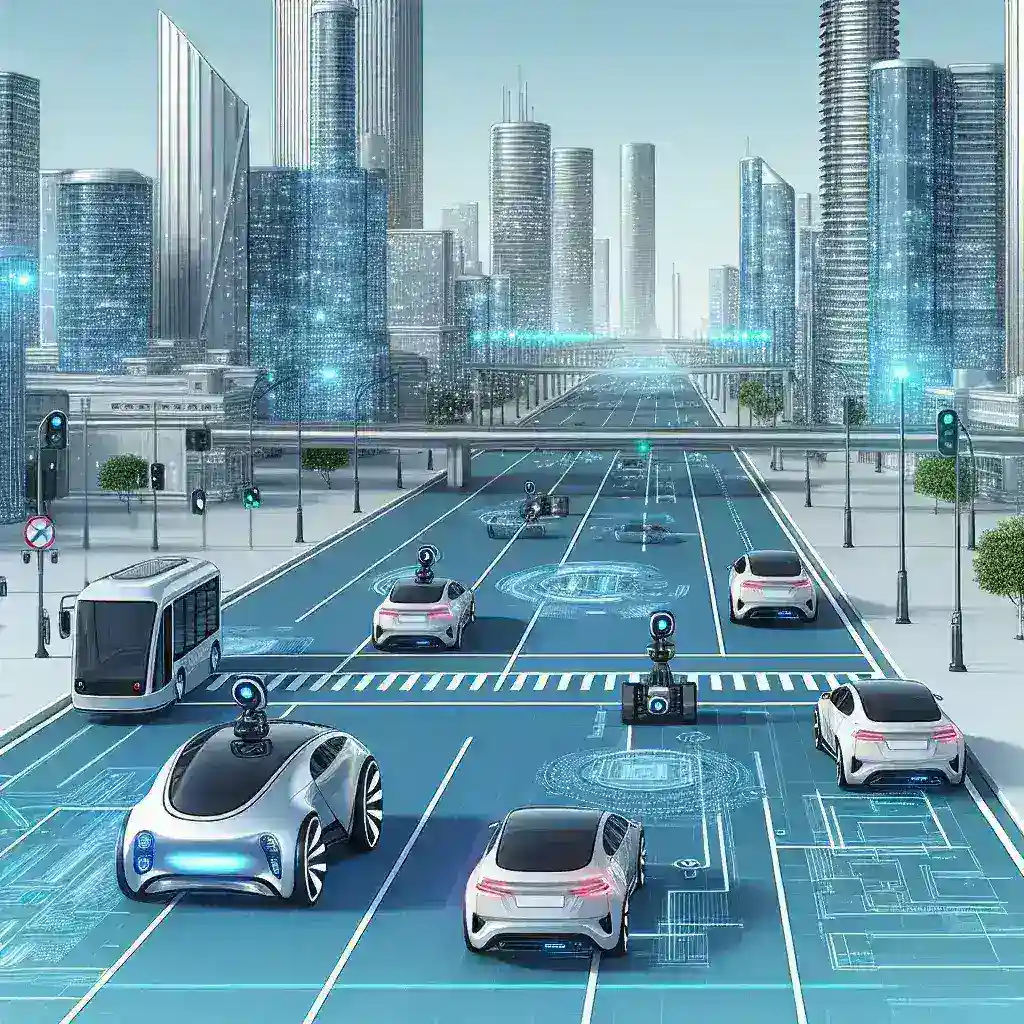Introduction to Autonomous Vehicles
Autonomous vehicles, commonly known as self-driving cars, represent a significant leap forward in automotive technology. Utilizing advanced algorithms, sensors, and artificial intelligence, these vehicles can navigate and operate without human intervention. The evolution of autonomous vehicles is reshaping the future of transportation, promising increased safety, efficiency, and accessibility.
Latest Developments in Autonomous Vehicle Technology
1. Advancements in Sensor Technology
Modern autonomous vehicles rely on a variety of sensors, including LiDAR, cameras, and radar, to perceive their surroundings accurately. Recent advancements have enhanced sensor capabilities, allowing for better detection of obstacles, improved navigation in complex environments, and increased reliability in various weather conditions.
2. AI and Machine Learning Integration
Machine learning algorithms are at the heart of autonomous vehicle operation. These systems continuously learn from vast amounts of data collected from previous journeys, enabling them to optimize driving strategies and improve decision-making processes in real-time.
3. Regulatory Developments
As the technology matures, regulatory bodies worldwide are working to establish frameworks that ensure the safe deployment of autonomous vehicles. These regulations cover safety standards, data privacy, and liability in the event of accidents involving self-driving cars.
Benefits of Autonomous Vehicles
1. Enhanced Safety
Statistics show that a significant percentage of accidents are caused by human error. Autonomous vehicles, equipped with state-of-the-art technology, can reduce the frequency of such accidents, leading to safer roads for everyone.
2. Increased Mobility
For individuals unable to drive due to age or disability, autonomous vehicles offer newfound independence and mobility. This can enhance the quality of life for many and facilitate easier access to essential services.
3. Environmental Impact
With the integration of electric vehicles into the autonomous category, there is the potential for reduced carbon emissions. Efficient route planning and optimized driving behavior can also contribute to lower fuel consumption.
The Future of Autonomous Vehicles
The future of autonomous vehicles looks promising, with ongoing research and development. Key focus areas for the coming years include:
- Improving vehicle-to-everything (V2X) communication, enhancing interactions between vehicles and their environments.
- Expanding the application of autonomous technology in commercial sectors such as delivery services and public transport.
- Addressing ethical considerations and public concerns regarding the deployment of self-driving cars.
Conclusion
Autonomous vehicles signify a transformative shift in how we perceive transportation. With continued investment in technology, regulatory support, and public acceptance, we stand on the brink of a new era in driving. Staying informed about these updates is crucial as we move towards a future where vehicles operate with minimal human intervention.

Leave a Reply